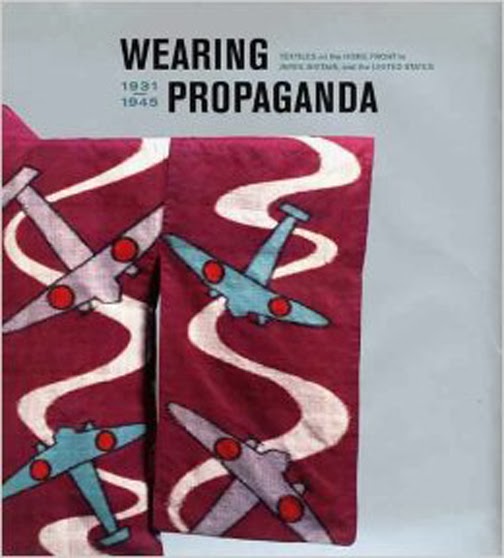Gustav Klimt, Vienna
Swatch of printed fabric with imagery recalling The Kiss.
Collection of the Metropolitan Museum of Art.
Gustav Klimt (1862–1918) and Emilie Flöge,
his long-time companion, about 1905.
Gustav Klimt is best known today for his 1908-9
painting "The Kiss," a very decorative and romantic
image.
His Tree of Life from 1909 has inspired numerous
textile designers in recent years...
Klimt designed his own repeat pattern but very little evidence of this survives. The Metropolitan Museum of Art has a small collection of swatches, printed by the Wiener Werkstatte (Viennese Workshop.) The catalog says these are from about 1920 but Klimt was dead by then, a victim of the 1918 influenza epidemic. I'd guess they were more likely from about 1910.
Because they are relatively small samples of a large repeat we
get no idea of the overall design.
The collection appears to be four prints in different colorways.
See the Metropolitan Museum's collection of works by Klimt by clicking here:
The rare samples were a gift from Joanne F. du Pont and John F. Pleasants, in memory
of Enos Rogers Pleasants, III, 1984























































